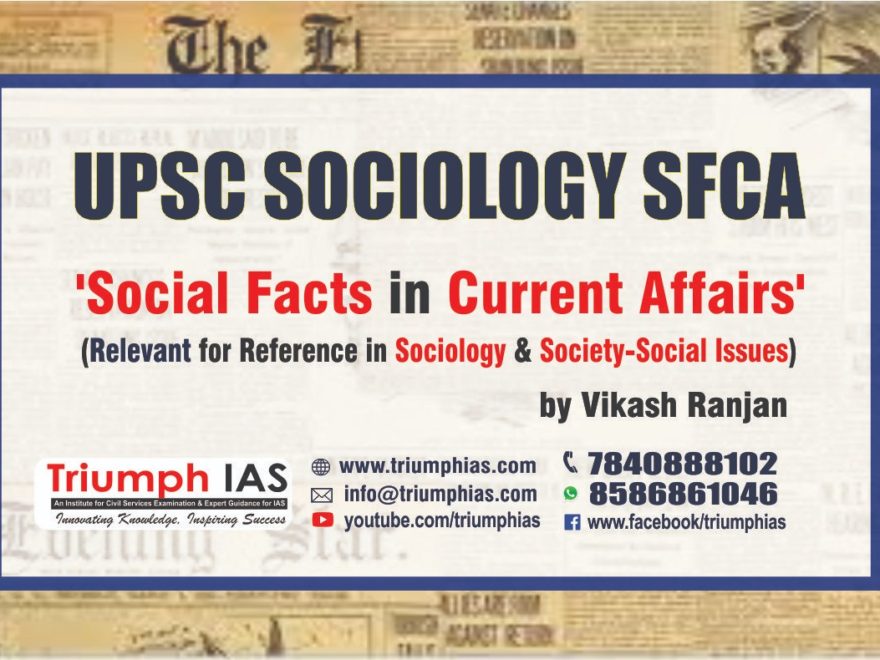RISING WEALTH & CONSUMPTION INEQUALITY IN INDIA
- (Relevant for Sociology Syllabus: Paper 1 – Stratification & Mobility)
- (Relevant for GS Syllabus: Paper1- Poverty & Developmental issues)
STUDY THROWS LIGHT ON RISING WEALTH & CONSUMPTION INEQUALITY IN INDIA
- The gap between the forward and other castes is becoming wider over the years, according to a World Inequality Database study.
- The historical inequality in wealth distribution along caste lines has not been corrected even though the situation of every caste has improved over time.
- Wealth and consumption inequality in India is rising, with the gap between the forward and other castes becoming wider over the years, according to a World Inequality Database study supervised by Thomas Piketty, an expert on wealth and income gaps.
- The author, Nitin Kumar Bharti of the Paris School of Economics, has estimated that the wealth share of the rich—top 10% of the population—has risen from 45% in 1981 to 68% in 2012. Moreover, the historical inequality in wealth distribution along caste lines has not been corrected even though the situation of every caste has improved over time.
ECONOMIC RANKING MIRRORS CASTE HIERARCHY
- SC/STs way below overall average; OBC/Muslims closer to overall average but lower than FCs. 50% Brahmins, 31% Rajputs, 44% Bania & 57% Kayasth fall in richest class. Only 5% ST, 10% SC,16% OBC,17% Muslims in the richest category.
WEALTH HEAVILY CONCENTRATED AT THE TOP
- Top 1% of population own 30% of total wealth which is 50% of total wealth of top decile. Bottom 50% of the population own 8% of total wealth which highlights ‘weak base’ of society. Middle 40% own 35% of total
SPENDING GAP IS ALSO WIDENING
- Top 10% consume 28-32% while consumption share of bottom 50% is around 21% and of middle 40%, the share is around 40%. In comparison with wealth share of top 10%, consumption distribution is more equitable.
FORWARD CASTES DOMINATE TOP 10%
- Lower population share of SC/ST/Muslims in higher/middle wealth deciles and higher population share in lower wealth deciles. OBCs are distributed in the same share across all wealth deciles. FCs over-represented in higher deciles.
INEQUALITY WITHIN CASTES THEMSELVES HAS INCREASED
- Within castes, share of top 10% is over 45%. FCs show highest inequality, pointing towards heterogeneity within this caste group & explains the demand for reclassification by some upper castes into OBCs to avail reservation benefits.
NOTE: Five caste groups defined in the working paper are: SC, ST and OBC (irrespective of religion);
- FC (forward castes) who are Hindus but not classified as SC/ST/OBC; and Muslims who are not under SC/ST/OBC category
- SOURCE: Wealth Inequality, Class and Caste in India.


